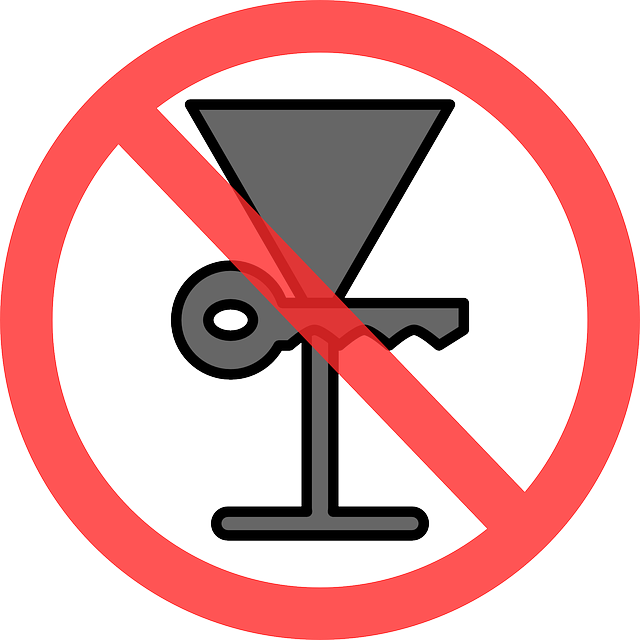Insurers adjust rates for drivers convicted of DUI differently in rural and urban areas. Rural areas start with lower premiums due to safer driving but can still see increases post-conviction. Urban centers experience more significant rate hikes due to higher population densities and complex legal battles. Understanding Insurance Rate Adjustments after DUI is vital for drivers to navigate potential financial consequences, as it involves assessing offense severity, prior history, and local legal implications.
In the vast landscape of legal disparities, rural and urban areas present a fascinating contrast when it comes to Driving Under the Influence (DUI) laws. This article delves into the intricate differences between these jurisdictions, examining how geographical factors shape policies, penalties, and subsequent insurance rate adjustments. From varied sentencing guidelines to their impact on future coverage, understanding these contrasts is vital for both residents and visitors alike, especially in light of the potential consequences of a DUI.
- Understanding DUI Laws in Rural vs Urban Areas
- Insurance Rate Adjustments for Rural and Urban DUI Offenders
- Geographic Influences on DUI Sentencing
- Post-DUI: The Impact on Insurance Coverage in Different Settings
Understanding DUI Laws in Rural vs Urban Areas

In rural areas, DUI laws often differ significantly from urban regions due to varying community dynamics and road conditions. These differences can impact not only the enforcement of driving under the influence regulations but also post-arrest procedures, including insurance rate adjustments after DUI. Rural communities might have fewer law enforcement resources, leading to less stringent monitoring and potentially higher thresholds for charging individuals with DUI offenses. As a result, offenders in rural settings may face unique challenges when it comes to license suspension and insurance coverage modifications following a DUI incident.
Conversely, urban areas typically boast more extensive police forces and stricter DUI laws due to the higher density of population and traffic volume. This can translate into more rigorous testing requirements, harsher penalties, and quicker insurance rate adjustment after DUI convictions. Urban residents may need to be more vigilant about their driving habits and choices, as the consequences for impaired driving are generally more severe and swiftly enforced in densely populated regions.
Insurance Rate Adjustments for Rural and Urban DUI Offenders

In many jurisdictions, insurance rate adjustments after a DUI (Driving Under the Influence) conviction vary significantly between rural and urban settings. Rural areas often have lower average insurance premiums to begin with due to fewer accidents and a generally safer driving environment. However, when a rural resident is convicted of DUI, their rates can still increase, though perhaps not as dramatically as in urban centers. This is because rural communities are typically less densely populated, leading to fewer potential victims and reduced legal costs for insurers.
In contrast, urban areas often experience higher insurance rate adjustments after a DUI due to the increased risk factors. Higher population densities mean more vehicles on the road and, consequently, a greater likelihood of accidents. Additionally, urban legal battles can be more complex and costly, with potential lawsuits and compensation claims. These factors contribute to higher insurance premiums for urban DUI offenders, making it crucial for drivers in these areas to understand their options and potential rate changes after any infractions.
Geographic Influences on DUI Sentencing

Post-DUI: The Impact on Insurance Coverage in Different Settings

After a DUI arrest, whether in a rural or urban setting, one of the significant consequences individuals face is the impact on their insurance coverage and subsequent Insurance Rate Adjustments. These adjustments can vary greatly depending on the area where the incident occurred. In rural areas, where populations are typically thinner and less diverse, insurance companies might not have as much data to accurately assess risk. As a result, they often apply broader, more generalized rate increases that may be higher than in urban centers. Conversely, urban regions with dense populations and a wide range of driving behaviors can lead to more tailored Insurance Rate Adjustments after a DUI, reflecting the specific risks associated with local driving patterns.
The post-DUI insurance landscape is also influenced by factors like local legislation and enforcement practices. For instance, stricter laws and more active enforcement in urban areas could result in quicker and steeper rate increases for offenders compared to rural regions with less stringent DUI regulations. Understanding these disparities is crucial for individuals facing Insurance Rate Adjustments, as they can plan accordingly and explore options to mitigate the financial burden following a DUI conviction.
In conclusion, understanding the distinct landscape of DUI laws between rural and urban areas is paramount. These geographical influences significantly impact not just sentencing but also post-DUI insurance coverage and rate adjustments. While rural areas may present unique challenges with broader jurisdiction and less stringent enforcement, urban centres grapple with higher accident rates and more complex traffic patterns. Ultimately, the variations in insurance rate adjustments after a DUI underscore the need for drivers to be vigilant, regardless of their location, and to account for these differences when managing their liability and coverage.






